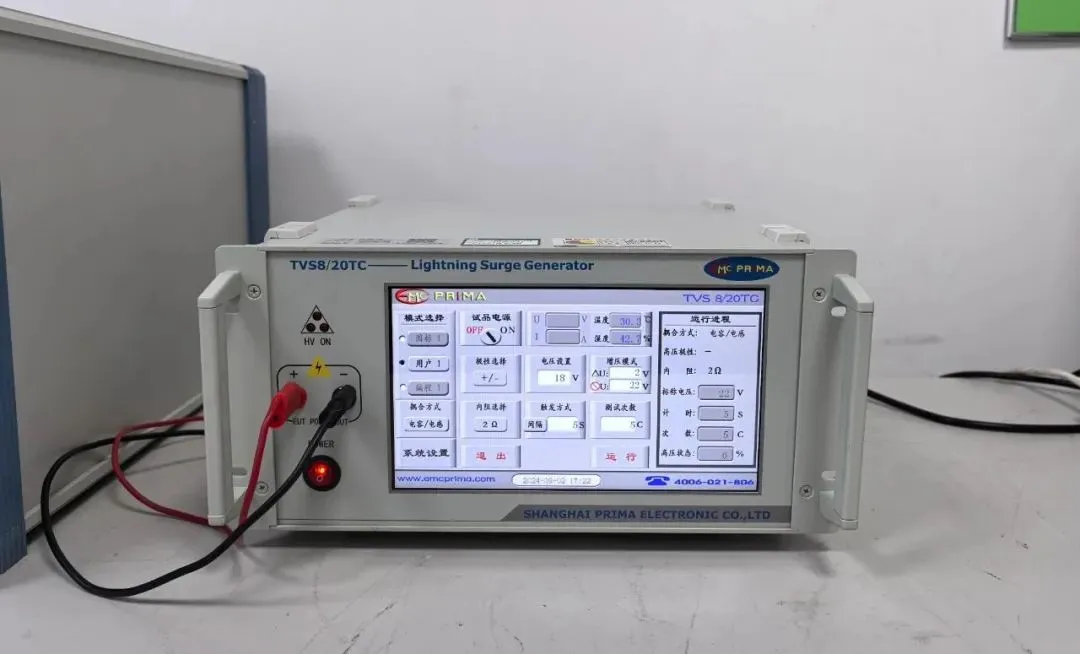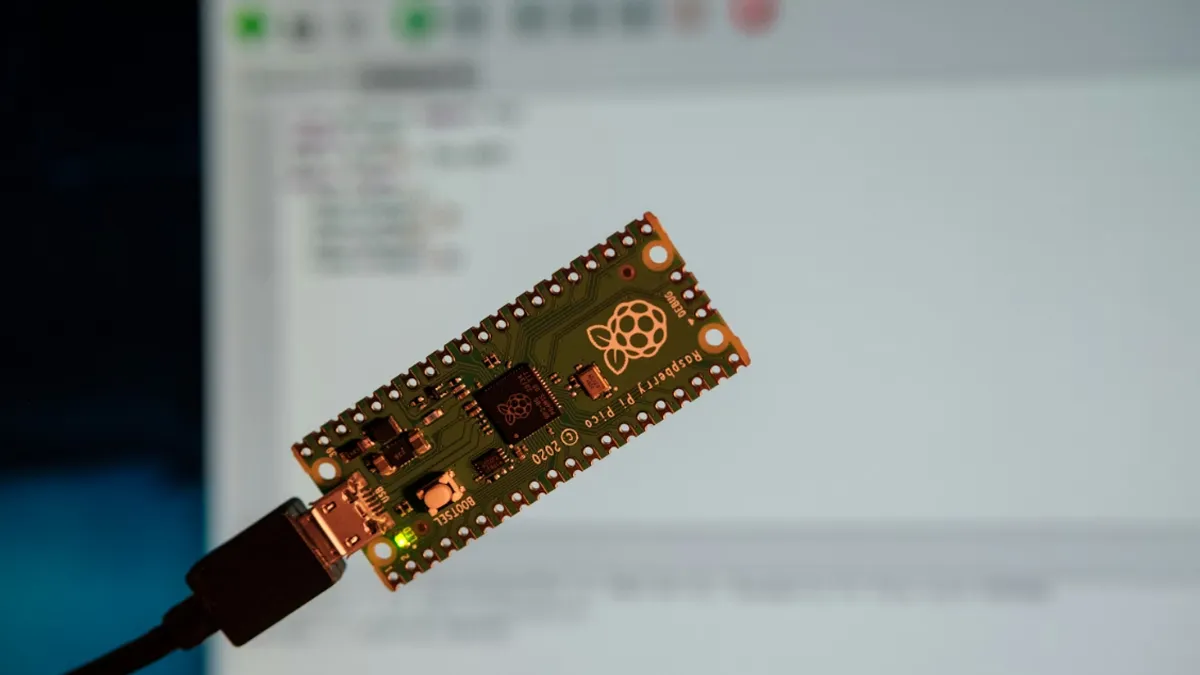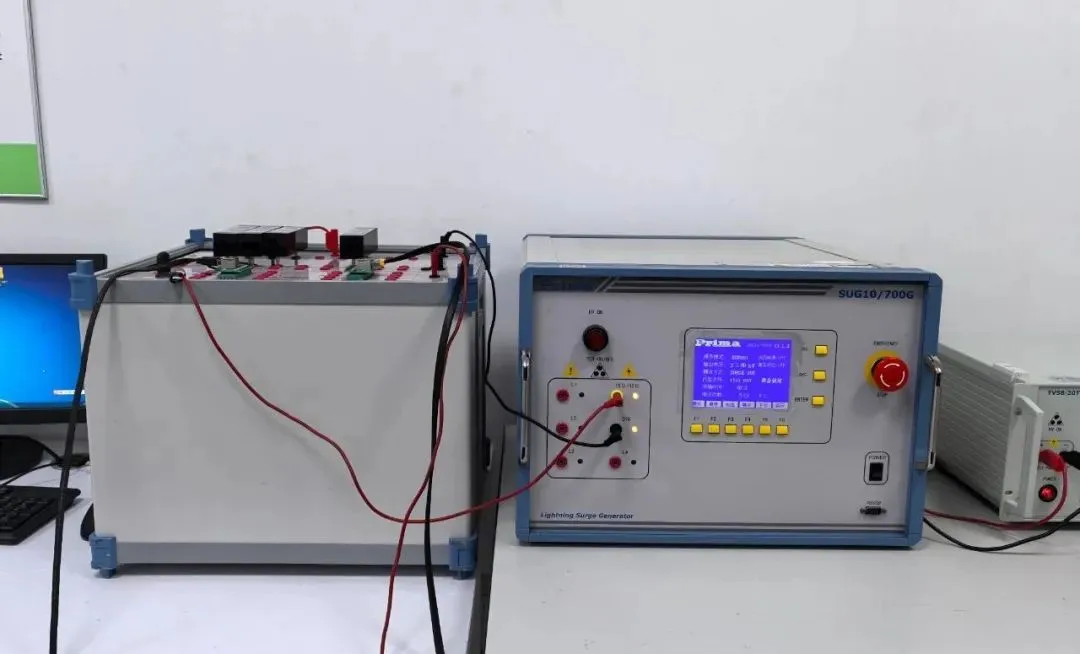
Differences Between EU REACH Testing and SVHC Testing
For companies planning to export products to the European Union, “REACH”and “SVHC”are two unavoidable compliance keywords. Many companies have confused the two concepts—some over-test and increase costs, while others miss key items and have goods detained.
Although both reach testing and SVHC testing fall under the EU RegULation (EC 1907/2006) “Registration, Evaluation, Authorisation and Restriction of CheMICals (REACH)”, their scope, purpose, and compliance requirements differ significantly.

Core Difference
In simple terms, REACH testingis a comprehensive compliance frameworkcovering the entire lifecycle of chemicals, while SVHC testingis a focused screeningfor “Substances of Very High Concern” (SVHC) under the REACH system.
They have an inclusive relationship— SVHC testing is part of REACH testing, but not its entirety.
Key Comparisons:
- Core Positioning:
- REACH testing: Full-process compliance testing under the REACH system, including registration, evaluation, authorisation, and restriction.
- SVHC testing: Targeted testing for high-concern substances (SVHC) under the REACH framework.
- Scope of Substances:
- REACH testing: Covers all chemicals, including restricted substances (Annex XVII) and those requiring registration.
- SVHC testing: Only targets substances on the SVHC Candidate List (now over 240 substances, e.g., BISphenol A, short-chain chlorinated paraffins).
- Applicable Entities:
- REACH testing: Chemical manufacturers, importers, and producers of finished goods containing chemical substances (paints, electronics, textiles, etc.).
- SVHC testing: All companies with chemical-containing products, especially high-risk ones such as children’s goods, food contact materials, and cosmetics.
Example:
A company exporting plastic toys to the EU must, under REACH testing, ensure the toys do not contain restricted phthalates (e.g., DEHP from Annex XVII) and that the plastic raw materials are registeRED if annual production exceeds 1 ton.
Under SVHC testing, it must check whether the toys contain SVHC substances (e.g., short-chain chlorinated paraffins) and whether their content exceeds 0.1%.
Deeper Differences
(1) Purpose of Testing — “Full Compliance” vs “Risk Warning & Communication”
REACH Testing
- Ensures full compliance with REACH requirements.
- Includes restrictions (bans or limits on hazardous substances like lead and cadmium) and registration (mandatory ECHA registration for substances produced/imported >1 ton/year).
- Goal: prevent products from being rejected from the EU market.
Example:
A paint exporter must confirm solvent levels meet Annex XVII limits and that all raw materials are from suppliers with valid REACH registrations.
SVHC Testing
- Focuses on identifying high-risk substances and fulfilling information communication obligations.
- If an SVHC substance ≥0.1% (w/w):
- Provide downstream customers and consumers with safety use information (e.g., SDS).
- If annual exports >1 ton: notify ECHA through the SCIP database.
Example:
If a rubber glove contains >0.1% of an SVHC like short-chain chlorinated paraffins, the company must inform its buyers and notify ECHA, even if the glove meets all other REACH restrictions.
(2) Compliance Obligations — “Multiple Overlapping Duties” vs “Notification Focus”
REACH Testing Obligations
- Registration:Manufacturers/importers must register substances >1 ton/year with ECHA.
- Restriction:Ensure no banned substances or concentrations above Annex XVII limits (e.g., nickel release ≤0.2 μg/cm²/week).
- Authorisation:Required for substances listed in the Authorisation List.
- Information Communication:Auxiliary obligation along the supply chain.
SVHC Testing Obligations
- Registration:Not required; focus only on SVHC content thresholds.
- Restriction:None directly, but substances may later be restricted if added to the Authorisation List.
- Notification & Information:
- ≥0.1% SVHC + >1 ton/year → Mandatory ECHA notification.
- ≥0.1% → Safety information must be provided to downstream users.
Example:
An electronics company exporting to the EU must ensure circuit boards contain ≤100 ppm cadmium (Annex XVII).
If the solder contains ≥0.1% lead (an SVHC) and exports exceed 1 ton/year, the company must notify ECHA and disclose this in product documentation.
Practical Aspects — Testing Methods & Report Use
1. Testing Methods: Similar Techniques, Different Focus
Both REACH and SVHC testing use common analytical instruments:
- GC-MS (Gas Chromatography–Mass Spectrometry):Detects volatile organic compounds such as SCCPs or PAHs.
- HPLC (High-Performance Liquid Chromatography):Detects non-volatile compounds like Bisphenol A and phthalates.
- XRF (X-ray Fluorescence):Rapid screening for heavy metals (lead, cadmium, mercury).
Main Difference:
- REACH testing examines both restricted and registered substances for full compliance.
- SVHC testing focuses solely on screening substances from the SVHC list to verify if levels exceed 0.1%.
2. Report Use: “Full Compliance Proof” vs “Risk Substance Evidence”
- REACH Testing Report:
Includes results for restricted substances and supplier registration verification.
Used for customs clearance, factory audits, and EU market access documentation.
- SVHC Testing Report:
Lists only SVHC substances, their concentrations, and whether they exceed limits.
Used for customer communication, ECHA notification, or as supporting evidence for “no high-risk substances.”
How to Determine Which Test You Need
When REACH Testing Is Prioritized:
- Product is a pure chemical (paint, solvent, additive) with annual output/import >1 ton.
- Product is a finished good (electronics, textiles, toys) requiring proof of compliance with Annex XVII limits (lead, phthalates, etc.).
- Customer explicitly requests a full “reach compliance Report” for EU market access.
When SVHC Testing Is Mandatory:
- Product is in a high-risk category (children’s goods, food contact materials, cosmetics).
- Customer requests an “SVHC Screening Report.”
- Product potentially contains SVHC substances (e.g., Bisphenol A in plastics, SCCPs in rubber).
When Both Are Required:
Most finished product exporters (electronics, toys, furniture) must do both:
- REACH testing to meet Annex XVII and registration compliance.
- SVHC testing to screen and report high-risk substances.
Common Misunderstandings to Avoid
1. “REACH testing includes SVHC testing, so I don’t need both.”
✖ False. REACH focuses on restrictions and registration, while SVHC targets high-risk substances and notification. They are complementary, not interchangeable.
2. “If SVHC content is below 0.1%, I can ignore it.”
✖ Not entirely true. Even below 0.1%, records must be kept, and customers may request SVHC information disclosure.
3. “The SVHC list never changes, so one test lasts forever.”
✖ Incorrect. ECHA updates the SVHC list twice a year (June and December). Companies must regularly verify and re-test for new SVHC additions.
Final Advice
For exporters to the EU, clearly distinguishing between REACH and SVHC testing is the first step to precise compliance.
It is recommended that companies:
- Review product composition (e.g., whether raw materials contain high-risk substances and annual export volume).
- Stay updated with EU regulatory changes and customer demands.
- Choose the appropriate testing scope or consult professional laboratories for substance analysis and pre-screening.
By doing so, companies can ensure their products comply with both REACH full-process requirementsand SVHC-specific obligations, ensuring smooth and compliant entry into the EU market.
Email:hello@jjrlab.com
Write your message here and send it to us
 EMC Pre-Compliance Testing UK
EMC Pre-Compliance Testing UK
 EMC Compliance Testing Australia
EMC Compliance Testing Australia
 Electrical Compliance Testing NZ
Electrical Compliance Testing NZ
 Compliance Testing for Children's Clothing
Compliance Testing for Children's Clothing
 Amazon Product Compliance Testing
Amazon Product Compliance Testing
 What is RCM Compliance Testing?
What is RCM Compliance Testing?
 Electric Toy EN 62115 & EN 71 Testing
Electric Toy EN 62115 & EN 71 Testing
 What are ASTM F963 and CPSIA?
What are ASTM F963 and CPSIA?
Leave us a message
24-hour online customer service at any time to respond, so that you worry!




